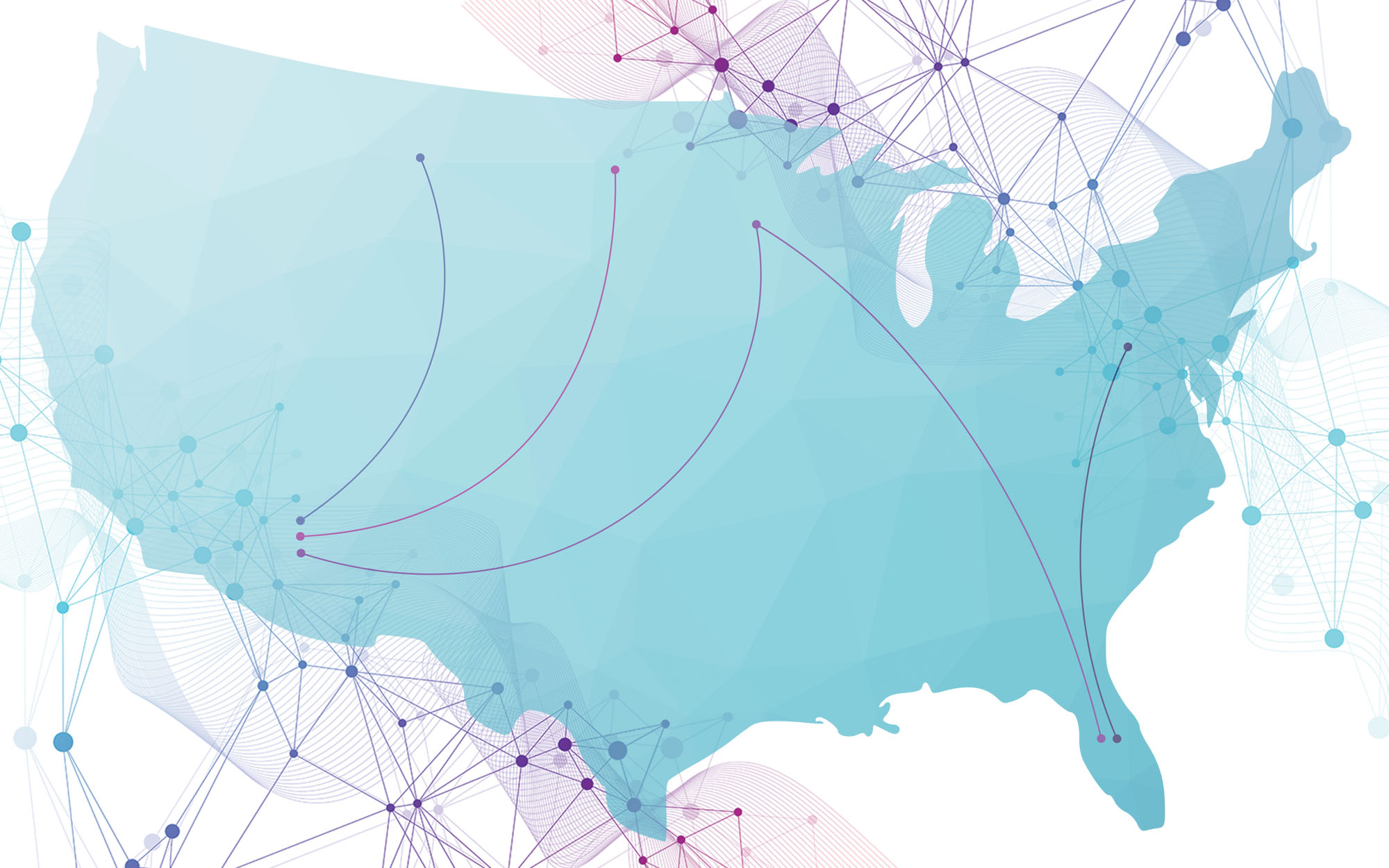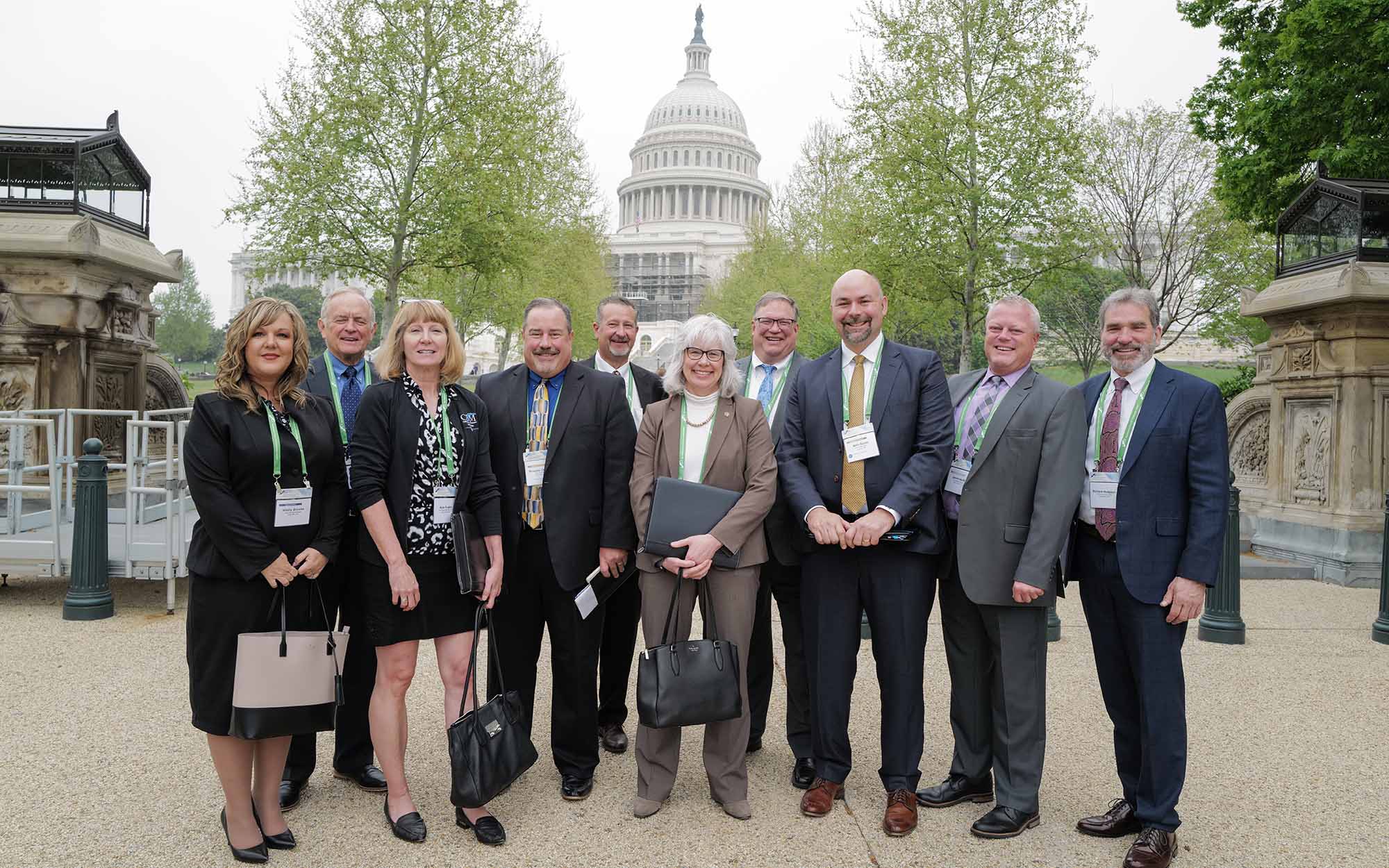Businesses expand beyond their traditional geographic boundaries for a variety of reasons. Some identify strategic locations that they wouldn’t otherwise be able to leverage, others get the opportunity to acquire or merge with a similar organization with a different customer base, and others make the move in response to customer demand.
Community banks, too, look beyond their traditional geographic boundaries for these and other reasons. Maybe they couldn’t pass up an acquisition opportunity, or perhaps they want to better serve customers who spend their winters in warmer climates—and pick up some new ones along the way. Whatever the reason for the expansion, breaking into a new market far from headquarters presents both rewards and challenges for community banks.
Meridian Bank: A logical move
For $2 billion-asset Meridian Bank of Malvern, opening a new business office in Bonita Springs, Fla., was a logical move. Many of its Pennsylvania customers are snowbirds, maintaining second homes in southwest Florida and spending their winters there. The community bank also had the perfect person in mind to lead the expansion efforts: Wayne Griest, current EVP, Florida market, for Meridian Bank, was the former CEO of Continental Bank and is a long-time colleague of Meridian’s CEO, Chris Annas.
Griest spent most of his life in Philadelphia, retired to southwest Florida and ran a bank there that was later acquired. While in his “second retirement,” as he calls it, Griest saw an opportunity to provide “hometown” banking services to customers from the Philadelphia area who were either moving to Florida permanently or investing in business or commercial real estate there.
“Chris and I talked about opening a loan production office in Bonita Springs,” he says. “He got board approval to do so, and I found the office space and hired two experienced bankers from this market. We opened our doors three months ago.” The bank also put together an advisory board comprising seven prominent business professionals, including attorneys, CPAs and entrepreneurs from the southwest Florida market.
“We tried to create a local diversified advisory board that’s been instrumental in helping us so far,” Griest says. “I rely on them quite a bit for feedback on what’s going on in the market.” When hiring for the new office, Meridian Bank sought out local candidates who knew the area and the related risks. Griest praises the Meridian leadership team at the home office for taking the time to listen to and have an open dialogue with the Florida team.
“Each day, they’re becoming more and more familiar with the market here in Bonita Springs,” he adds, “and more comfortable with the risks that exist in our marketplace.” The Florida team operates from a loan production office (with no official branch site yet) and is currently working to establish new business banking relationships, including those that entail lending. The bank is also making connections with local businesses and residents who are looking for a good community bank and/or have ties to the Philadelphia area.
“In several cases, we’ve started working with customers who already had relationships with Meridian in Philadelphia and who are in the process of moving here, establishing a business here or buying a commercial property and in need of financing for it,” says Griest, whose medium-term goal is to establish several full-time Meridian Bank branches in Florida.
“That’s probably a year or so away,” he adds. “For now, we’re focused on getting the Bonita Springs loan production office up, running and profitable, and on establishing new business and banking relationships in the marketplace.”
Stearns Bank N.A.: Tech levels the playing field
In most industry sectors right now, organizations are thinking globally, working with more diverse customer bases and serving wider geographies. Community banks are no different, enabled by technology. Take Stearns Bank N.A., for example. The $2.3 billion-asset bank is headquartered in St. Cloud, Minn., but it serves more than 35,000 small businesses nationwide.

Kelly Skalicky
Many of those customers come to Stearns for equipment financing, small business and construction lending, but the community bank also has three locations in Florida and one in Arizona. Those locations were added when Stearns acquired failed bank assets from another institution. Since then, it has continued to build customer connections within those geographically distant communities.
“We started our nationwide lending division using phones and a fax machine,” says Kelly Skalicky, president and CEO of the family- and employee-owned institution.
When the opportunity to acquire existing branches in Arizona emerged, Skalicky took an instant interest. “As a family, we visited Arizona quite a bit, so it was a natural fit for us,” she explains. “We were familiar with the area, so we picked up that charter in 1997.”
“We have business customers that have operations in both Minnesota and Florida, and they don’t need to come in at all; it’s all digital.”
—Kelly Skalicky, Stearns Bank N.A.
Stearns would later add its Florida branches during the Great Recession, opening the doors for it to serve snowbirds and retirees from the Northeast. As the bank expanded its physical presence, it paid close attention to the risk associated with each of those markets. “We put a risk management and compliance framework in place, along with a staff that’s familiar with the risks of lending outside of our region,” Skalicky says. “There’s a framework and level of expertise to it.”
She says advancements in technology have made it easier for Stearns to do business with its far-off customers—many of whom transact digitally, even if they’re close to a branch. “We have business customers that have operations in both Minnesota and Florida, and they don’t need to come in at all; it’s all digital,” says Skalicky. “As community banks become increasingly digital, it’s making it easier both for customers and for bank employees who may want to work remotely.”
Looking ahead, Skalicky says Stearns’ mergers and acquisitions (M&A) group always has its eye out for new opportunities. “We’ll continue to invest in people and in niche lending areas,” she says, “but for the most part, we’re less concerned with branch expansion and more focused on adopting and offering the self-service technology and tools that our customers expect.”
Western State Bank: Making the leap
With three locations in North Dakota and seven in Arizona, Western State Bank is a $1.7 billion-asset institution that broke out of its traditional geographical boundaries during the Great Recession. Headquartered in Devils Lake, N.D., the bank opened a loan production office in Chandler, Ariz., in 2008—roughly 1,700 miles away from its home base—and then began exploring the feasibility of opening a full-service branch there.
“We ended up buying a very small branch with less than $1 million in assets in Chandler and folded it into our operations without needing a separate charter for it,” says Brad Jacobson, president and COO.
Located about 20 miles from Phoenix, the branch had very few customers and only one employee at the time, but it gave Western an entry in a market the bank was very interested in serving. “It was an opportunity for us to get into the market a little bit faster,” Jacobson says.
Western would go on to acquire a bank in Casa Grande, Ariz., in 2012 and a failed institution in Scottsdale the following year. “The rest of our growth in Arizona has been organic,” Jacobson says. “That’s our preferred route, because we want to get the right team in place to deliver the ‘Western way’ from a service perspective.”
Asked why Western chose Arizona as its expansion target, Jacobson says it was less about catering to snowbirds—most of whom probably don’t make the long trek from North Dakota to Arizona with any regular cadence—and more about gaining exposure and insight to the market when buying commercial loan participations from a Phoenix-based bank in 2004. After managing several of those transactions and visiting the bank in person, Jacobson realized that the market was dominated by large, national banks.
“Internally, we started talking about how attractive our level of service and banking style might be to customers in that marketplace,” says Jacobson. “We’re a full-service bank, but we’re also very focused on the business banking side. We felt we could stand out by leveraging our existing relationship-based banking model in that new market.” Moving beyond North Dakota’s borders would also help Western—which has a nationwide equipment finance division—grow its assets in a brand-new territory.
“The expansion has been great in terms of increasing our balance sheet and income statement, and it’s led to increased profitability because of the asset growth,” says Jacobson, “which we wouldn’t have had if we hadn’t expanded into Arizona.” Early on, the challenges included unfamiliarity with the new marketplace—a roadblock that Western worked through by building out a concierge banking team with individual teller stations as well as the products, services and support that the market expects.
And because some of Western’s new team members came from larger banks, getting them onboard with the relationship banking approach took some effort. “When you’re hiring from big banks and basically reeducating them on how to deliver a different way, it definitely presents challenges,” says Jacobson. “We had a couple of market presidents who were helping to lead the effort and that, unfortunately, didn’t work out.”
What did work out well for Western was relocating Andy Strand, regional chief credit officer, from North Dakota to Chandler about 10 years ago. “Andy was instrumental in ensuring that as we started hiring more team members in Arizona, we were getting the right people on the team to deliver the service that our customers expect,” says Jacobson. “That’s a challenge for any bank, but when you’re 1,700 miles away, it’s even more difficult.”
Glacier Bank: Seasonal shifts
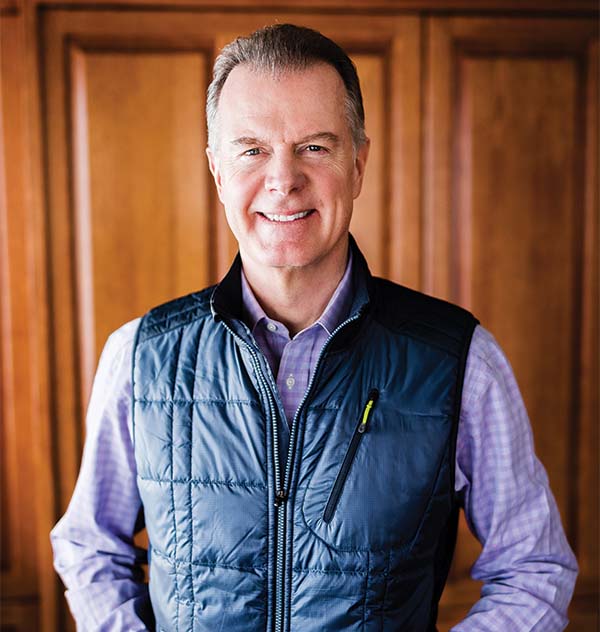
Randy Chesler
As a community bank with 240 branches in Montana, Idaho, Utah, Washington, Wyoming, Colorado, Arizona and Nevada, $26 billion-asset Glacier Bank knows what it takes to successfully stretch a bank’s boundaries beyond its traditional market area.
Based in Kalispell, Mont., the community bank broke into the Arizona market by acquiring Foothills Bank in 2016. The acquired community bank covered the Yuma and Prescott area and provided Glacier Bank with a stepping stone as it “worked its way down south” into new markets and states.
“We didn’t hop over states to get to a warmer climate,” says CEO Randy Chesler. “We viewed the Arizona acquisition as an attractive way to create a countercyclical balance for the bank. Here in Montana, things slow down when the temps drop below zero for a few weeks, and Arizona tends to operate on a different cycle.”
“We see the business at our [Arizona branches] pick up during the winter. As people move down there, our transaction counts go up during those periods of time.”
—Randy Chesler, Glacier Bank
Arizona also gets more than a million winter visitors annually who “spend over $1 billion there,” says Chesler, and many of them own second homes in the state.
“The economic impact of that is huge,” he continues. “We see the business at our [Arizona branches] pick up during the winter. As people move down there, our transaction counts go up during those periods of time.”
Because Glacier is already established in numerous contiguous states, its move into Arizona didn’t present steep challenges. “In terms of actually managing our Arizona locations, getting down there and spending time there to better understand the market, it’s a flight away,” says Chesler. “It really hasn’t presented any particular challenges for us.”
Like most organizations, the bank is dealing with the national labor shortage and working to keep its physical locations staffed up. It hires locally and also posts the jobs internally. The latter creates relocation opportunities for employees who may want to move from Montana to Arizona (or to any other of the bank’s various branches) and vice versa. “We cover eight states, so we’ve seen that work both ways,” says Chesler. “As a community bank, we like being able to let people transfer from one area to another without having to leave us.”
To banks that are making their first move out of state, Chesler says that if they’re planning to serve those making an annual pilgrimage to a warmer climate, they should focus on building a year-round presence in that target market. “You won’t be ‘going home’ for the summer, so spend a good amount of time understanding the market, the risks and the opportunities,” he says. “You need to be present not just during the winter, but at all times.”
Words of Wisdom
Ready to spread your wings and open a new office or branch in a different state? Here are some tips from two community bankers that have successfully made the move.
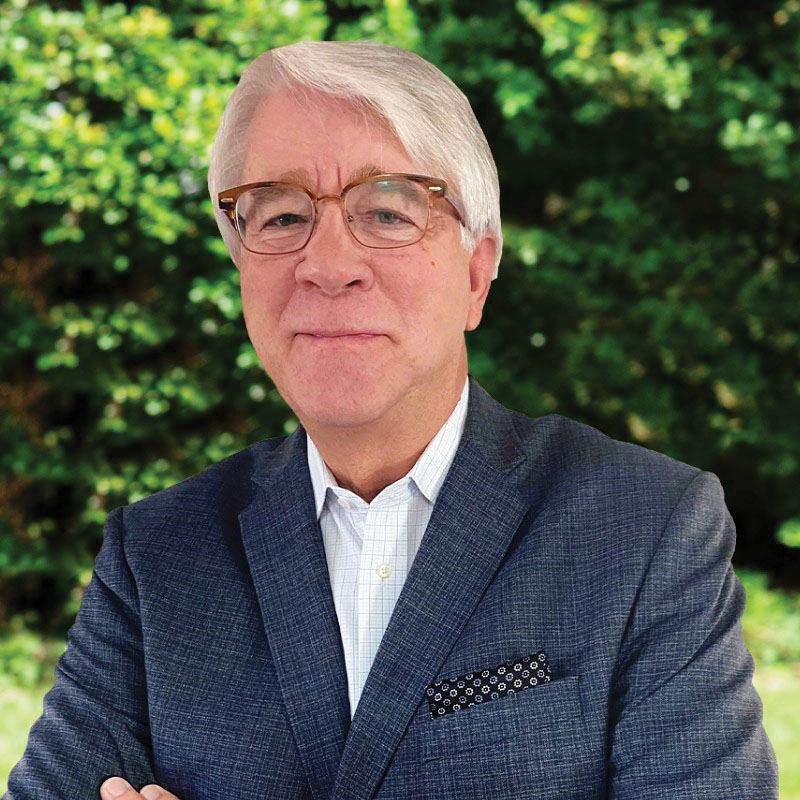
Wayne Griest
“Check the data first. Before we opened our office in Florida, we looked at how many clients Meridian already had down here and whether there was enough scale in those numbers to justify opening a separate office in the south, southwest and east coast markets. Start with your existing client base and determine where they ‘may go’ in the target state. Also, take your time hiring people who know the markets. It would have been difficult for us to hire someone in Philadelphia and then try to insert him or her into the marketplace without any existing relationships.”
—Wayne Griest, EVP, Florida market, Meridian Bank
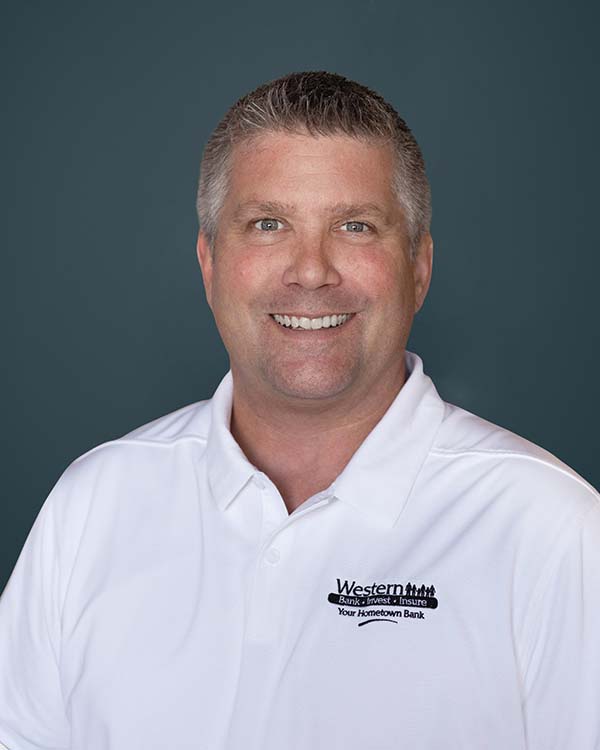
Brad Jacobson
“Do as much homework on the market as you can and partner with the right people. For example, we added two successful businesspeople (not bankers) from Arizona to serve as directors and to provide additional expertise. They helped us understand the market, the way business was done there and what not to do. Remember that this is a big commitment that you don’t want to get wrong. We’ve looked at some other markets and made decisions not to move into them.”
—Brad Jacobson, president and COO, Western State Bank


